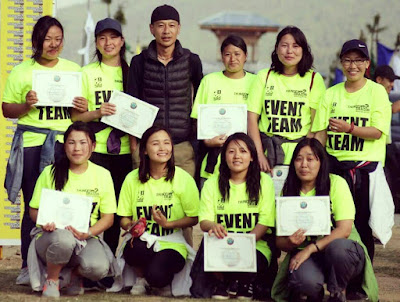Communicative tools are systems that allow easy communication between teachers and students or between student’s outsides the physical barrier classroom. It is including e-mail, electronic bulletin boards, chat, teleconference and electronic whiteboard.
Synchronous communicative tools such as chat or video conference enable real-time communication while using the tools of communicative asynchronous (eg e-mail and electronic whiteboard) is a system, in which exchange of messages between people are not live but somehow delayed.
The communicative tool most appropriate for activities requiring more time to think before responding. Utilization of electronic mail is increasing day by day. E-mail is the most commonly used on the internet. It is easy to use as it is a primarily text-based system and simple communication tool for teachers and students they allows students to dominate class beyond the physical barrier.
 Beyond the given tools, COLLABORATIVE tools are currently the focus of much interest and emerging as the development of new tools that make online collaborative projects draw a realistic option for a distributed group work. The Internet can be used for many collaborative activities such as meetings, discussions are taking place, working in the document, information dissemination, and other tasks. Interactive electronic whiteboard is not just used tools for meeting and development, but recently became the most popular tool among teachers. Whiteboard is an electronic device that interfaces with the computer where the computer image is displayed on the board that can be manipulated interactively.
Beyond the given tools, COLLABORATIVE tools are currently the focus of much interest and emerging as the development of new tools that make online collaborative projects draw a realistic option for a distributed group work. The Internet can be used for many collaborative activities such as meetings, discussions are taking place, working in the document, information dissemination, and other tasks. Interactive electronic whiteboard is not just used tools for meeting and development, but recently became the most popular tool among teachers. Whiteboard is an electronic device that interfaces with the computer where the computer image is displayed on the board that can be manipulated interactively.
This tool is increasingly popular with teachers when used in conjunction with a computer and the video projector that produces interactive learning community. Instead of having to crowd around one or two computers, interactive whiteboard not only displays the materials but also to respond to human interaction with computer commands and orders on a touchscreen. In addition, these technologies provide impulsive information sharing, constructing knowledge and stimulate personal growth.



































